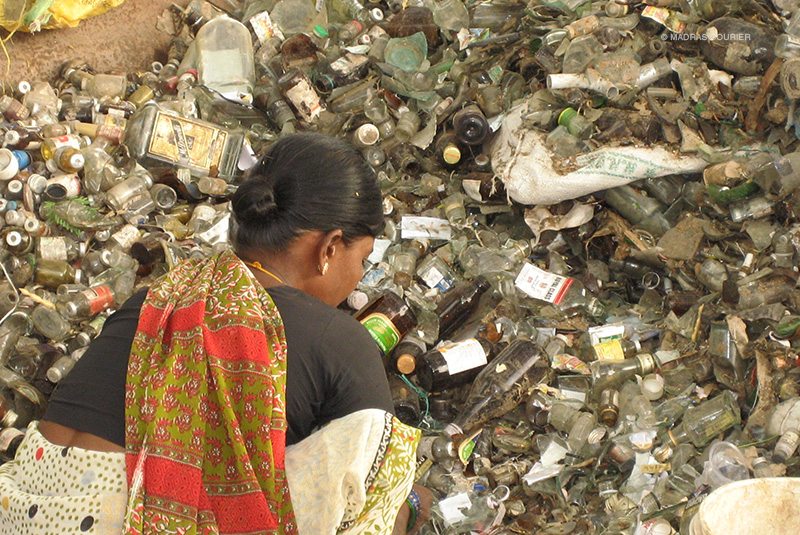We live in a dirty, dirty, toxic world. Our blood and bones encompass 90,000 diverse chemical pollutants. Picture this — derelict uranium from bombs and nuclear energy sites, wherever they are located, not to speak of chemicals, which are as ominous as ‘Agent Orange,’ or electronic debris, all of which now envelop our genetic make-up.
It is a given that the human body has an astonishing ability to detoxify itself. Do we not recover from a spell of food poisoning, or exposure to inimical substances, such as paint, uneventfully? However, cutting-edge science is now enlightening us as to how toxic exposure can, in reality, manipulate our genes and trigger conditions, such as obesity, cognitive dysfunction, pain, allergies, infertility and heart disease — all of which are, again, expanding with frenzied intent.
Most elements that are considered toxic do not benefit human physiology — for instance, lead, mercury and cadmium. Yet, there are metals which are vital for our biochemical processes. Zinc is a classic example — it is also a key co-factor for several enzymatic reactions. Vitamin B-12, or cobalamin, likewise, is essential with its cobalt atom, while haemoglobin contains iron. Copper, manganese, selenium, chromium and molybdenum are trace elements, but they are important to our diet. In addition, you have a smorgasbord, or subset, of metals which are used therapeutically in medicine — aluminium, bismuth, gold, gallium, lithium, and silver, although all of them may have harmful effects, in excess quantity, or when our physiology’s ‘normal’ mechanism of removal is compromised.
-30-
Copyright©Madras Courier, All Rights Reserved. You may share using our article tools. Please don't cut articles from madrascourier.com and redistribute by email, post to the web, mobile phone or social media.Please send in your feed back and comments to [email protected]











